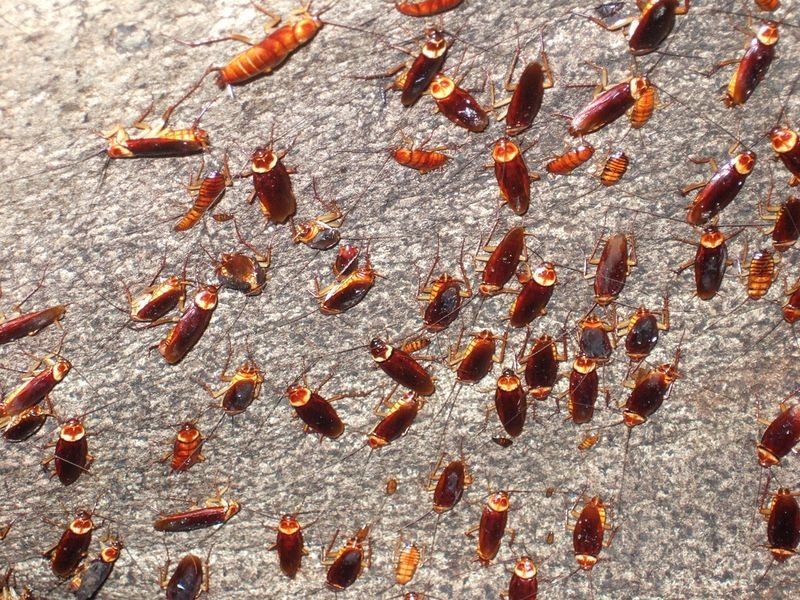Entering the caves is not for the squeamish.
The caves also house snakes that feed themselves on the rats and cockroaches.
The air smells thick with ammonia because of the bird droppings.
The guano deposit on the floor is estimated to be 10 feet deep.
The swiftlets build their nests almost entirely with threads drawn from their saliva which hardens when exposed to air.
Some nests also contain foreign materials such as feathers and twigs, and are known as black nests.
Both are harvested for consumption, but the purer version fetches a higher price.
Harvesting of birds' nest is now regulated to prevent over-exploitation.
The first collection takes place early in the breeding season before the swiftlets lay their eggs.
The birds then make another nest in which they finally lay their eggs.
After the eggs have hatched and the young swiftlets have abandoned these nests, the second collection is made.
The U.S. is surprisingly the second-largest importer of birds nest in the world.

A bowl of bird’s nest soup in a nice restaurant can cost as much as $100.
A kilogram of white nest can cost up to US$2,000.
Photo credit:Francesco Veronesi/Flickr
The nest of Swiftlets.
The top image shows the inside of a nest (shown here upside down).
The bottom one shows how it would look when stuck on the wall of the cave.
The nests are about 3" long in this photo.

The sample in this picture cost about US$20 each.
Photo credit:Kowloonese/Wikimedia
Harvesting swiftlet nests at Gomantong Caves.
Photo credit:incrediblebirds.com
Sources:Wikipedia/www.malaysiasite.nl/About.com









